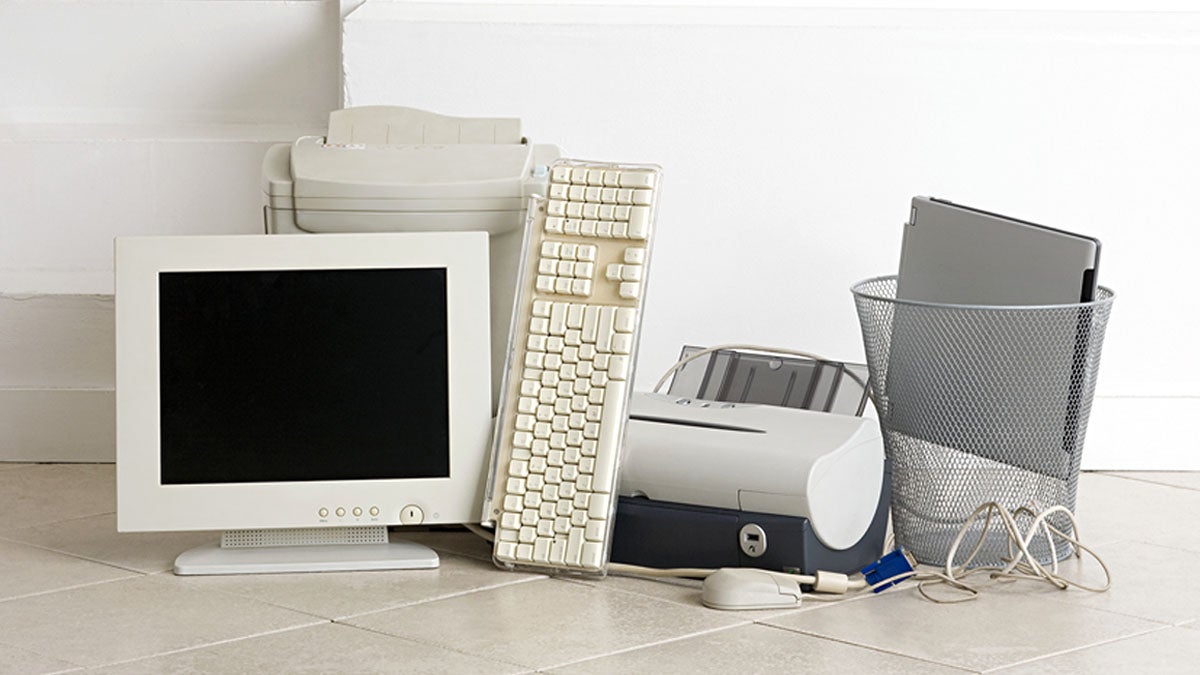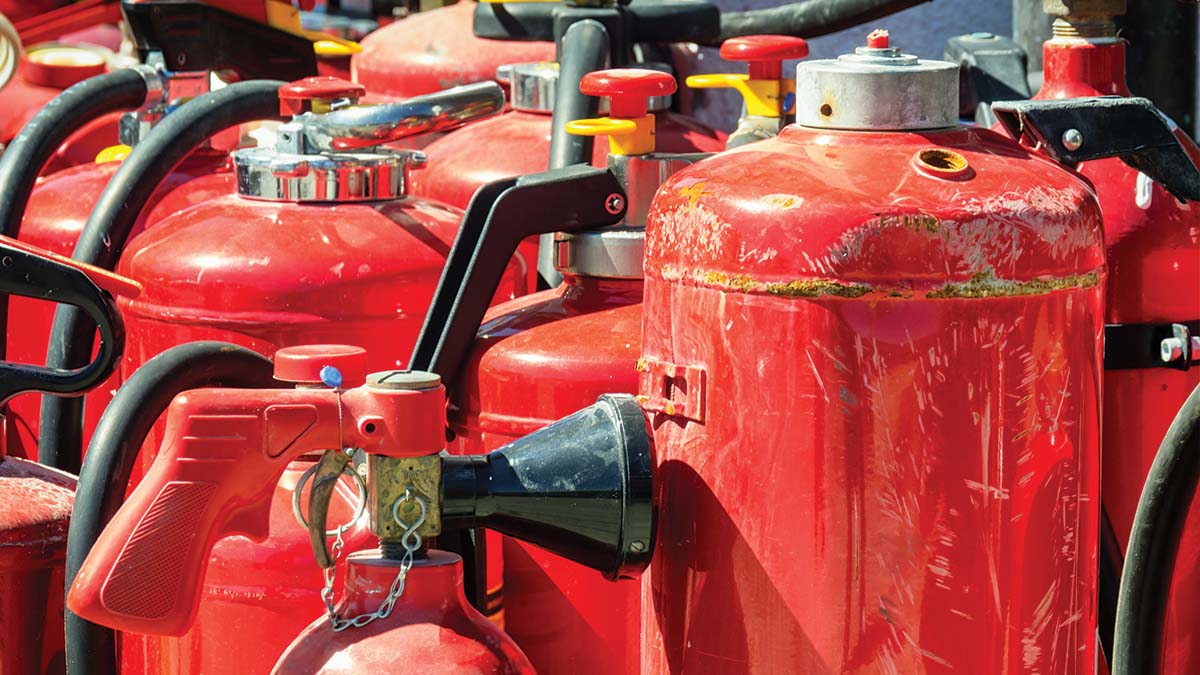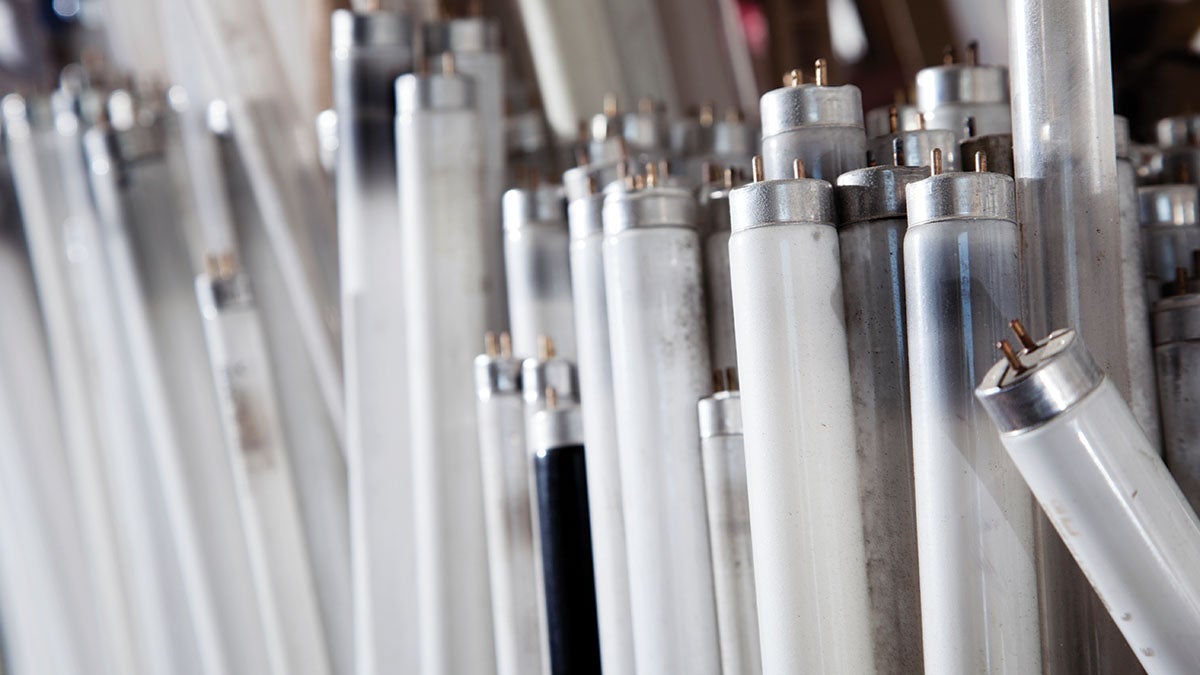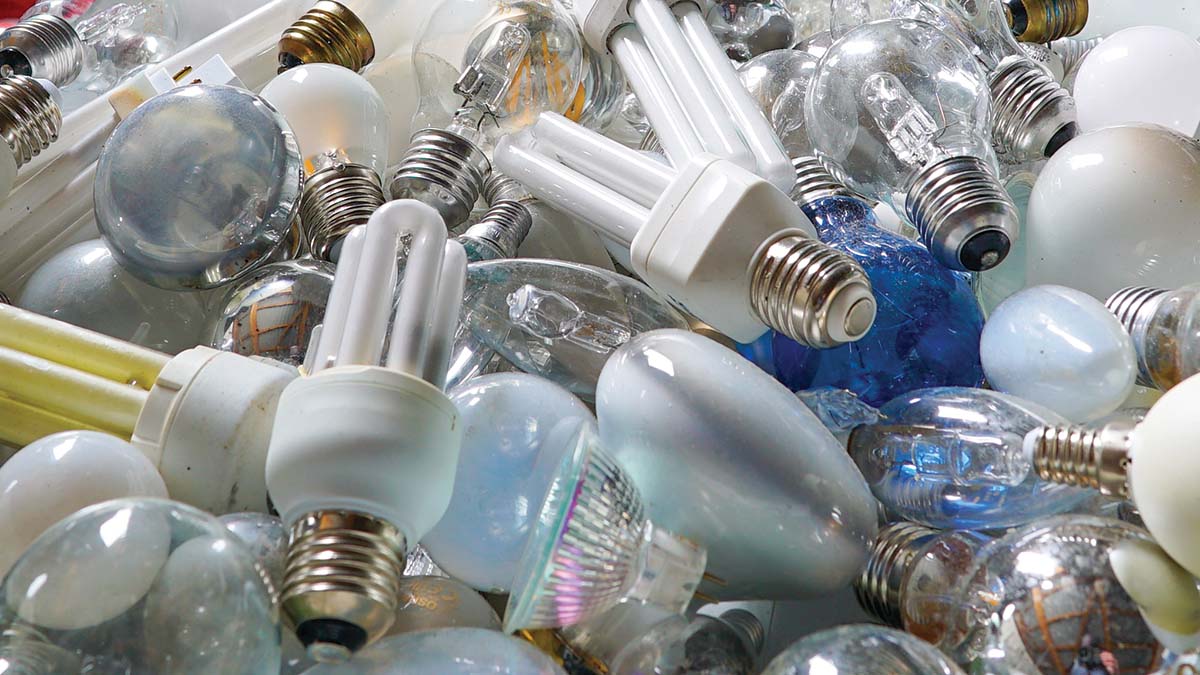When a shiny new smartphone comes out, it can be easy to throw out your old phone without a second thought—but it’s our responsibility to safely dispose of electronics to protect our privacy and our planet’s well-being.
There are many risks of improper electronic disposal including pollution, exposure to toxic chemicals, and potential data breaches of personal information. Plus, you don’t want to hurt the feelings of your beloved phone by tossing it in the trash.
Why proper electronic disposal is essential
Let’s break down the benefits of why recycling electronics is important:
- Cleaner environment - reducing pollution from electronic waste (e-waste) helps keep harmful materials like lead and mercury out of landfills.
- Improves human health - tech recycling prevents hazardous chemicals from contaminating soil, water, and even the air we breathe.
- Lowers the risk of a data breach - proper electronic disposal protects your personal or company data against the risk of data theft and cyberattacks if the SD and SIM cards aren’t properly wiped.
Tech recycling: how to take to protect your data
Before you get rid of your phone, laptop, tablet, or any other electronic equipment containing personal information, it’s important to take a few necessary steps to protect your data: back up your files, wipe your data, and remove SIM and memory cards.
Backing up and wiping data
To ensure you keep the data saved on your current device, you need to back it up onto an external hard drive or cloud storage service such as Google Drive or Dropbox.
With your data files safely backed up, you can give your device a factory reset to erase all personal information including files and passwords to prevent privacy risks.
Taking these steps ensures you recycle e-waste responsibly while still keeping photos from your luxury vacation to Venice!
Removing SIM and memory cards
SIM and SD cards can store personal information that you don’t want to risk exposing to cyber criminals. Removing the SIM and SD cards or any other removable media from your phone, laptop or tablet before equipment recycling is a necessary step for data protection. You can also destroy your SIM card if you don’t plan to re-use it as an extra measure of protection against prying eyes.
Responsible ways to recycle e-waste
Finding facilities that can process e-waste is crucial for the environment. Recycling reduces landfill waste, recovers precious resources, promotes jobs in e-waste disposal, and encourages sustainable practices.
Recycling centers and e-waste drop-off points
You may now be typing “where to dispose of electronics for free” into Google—it’s easy! You can find local recycling centers by checking your municipality’s website which will have a list of accepted materials and drop-off locations.
Electronic manufacturers and retailers also often offer several options for donating and recycling electronics.
Retailer and manufacturer take-back programs
Companies like Apple, Samsung, Lenovo, Microsoft, and Best Buy to name a few, offer trade-in or recycling services for old devices. They’ll take your old device, and can even give you credit or a discount to be applied toward a new one. That’s a win for you and for the environment.
Community and charity donations
If you’ve just upgraded to a new electronic device, but your old one is in good working condition, consider donating it to a charity or a school for people in need. Your old MacBook could be an incredible gift for a low-income student, or your previous smartphone could really change a struggling mother’s life.
These organizations often ensure your device is correctly wiped of any personal information, and they recycle anything they can’t use.
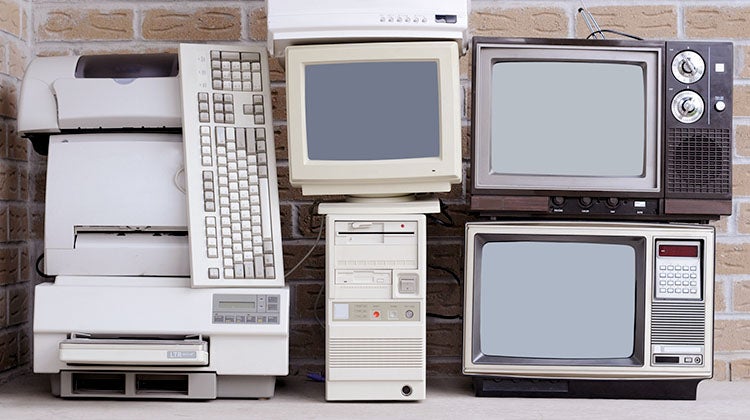
How to recycle common electronics
Below you will find specific instructions on how to recycle different types of electronic devices and accessories including smartphones, laptops, TVs, and batteries.
Smartphones and tablets
Step 1: Back up any data from your phone or tablet onto an external hard drive or cloud storage service.
Step 2: Remove any SIM, SD cards, or any other removable media from the device. If you don’t plan on re-using your SIM card, destroy it so any data it contains can’t be compromised.
Step 3: Perform a factory reset - this can be found in the “Settings” menu of your device. This will wipe all your personal data.
Step 4: You’re ready to recycle! Contact the device manufacturer, or check your municipality’s website to find your local e-waste collection sites.
Laptops and computers
Step 1: Back up any data on your laptop/desktop onto an external hard drive or cloud storage service.
Step 2: Remove any SD cards or other removable media from the device.
Step 3: Use disk-wiping software to wipe all data. You can also physically destroy the hard drive to ensure all personal information is completely erased.
Step 4: Safely remove the battery (if possible) from the device and place in a sealable container to take to a nearby recycling center.
Step 5: You’re ready to recycle! Contact the device manufacturer, or check local recycling centers for disposal options. These centers can also offer other equipment recycling for monitors, keyboards, printers, or mice.
Visit our computer recycling and disposal services page if you need to recycle or get rid of your old computer.
Televisions and monitors
If your mom is still clinging on to an old television set or computer monitor from the ‘90s, it’s likely a CRT (cathode ray tube). These are particularly tricky to recycle, as they contain toxic chemicals and a high electric charge, which poses safety risks. You should take these to an e-waste collection center and the staff can safely disassemble the parts.
Newer LED/LCD models have their own shortcomings when it comes to toxic chemicals, but many electronic retailers offer take-back recycling programs for computer monitors, or you can drop it off at an e-waste recycler.
Batteries and accessories
Batteries - used batteries can be dropped off at hazardous waste facilities, retail stores that have battery recycling bins, your local recycling center, and some communities even hold free electronic recycling day events with battery collection.
Accessories - chargers, headphones, and other electronic accessories in good condition can be donated to charities, or otherwise dropped off at e-waste recycling centers. Check online to find your local recycling center and guidelines.
What happens to electronics after recycling?
Recycling electronics can recover valuable metals like copper and silver, which can then be reused in the manufacturing process instead of clogging up the landfill.
To save these precious metals, our old electronics are sorted and dismantled to separate the components, then shredded into smaller pieces before undergoing various chemical processing methods to extract the metal.
Recycling these metals is beneficial both for the economy and the environment. By reducing e-waste and unsafe electronic destruction, we keep toxic materials out of our landfills, protect natural resources, and prevent pollution. If the earth is happy, so are we!
Common challenges in electronics disposal
We get it - getting rid of old electronics isn’t always easy. Maybe there’s no convenient e-waste recycling center near you, your region has unclear restrictions on what can and can’t be recycled, or you aren’t aware of how to dispose of electronics.
If you find yourself without a local recycling option or facility that accepts e-waste, feel free to contact 1-800-GOT-JUNK? for full-service junk removal, including old electronics. We’ll make sure your devices are handled in an environmentally friendly manner.
We take all kinds of electronic scrap
As technology continues to evolve, it’s our duty to responsibly dispose of old electronics to protect the environment and secure a healthier future for ourselves and generations to come.
Our team at 1-800-GOT-JUNK? is committed to a sustainable future. We offer same-day service and we’re happy to pick up any non-hazardous items, including electronic scrap—all you have to do is point!
Head over to our website to access our pricing for junk removal, and find a location near you. We offer junk removal services across the United States, Canada, and Australia - we’ve got you covered.

